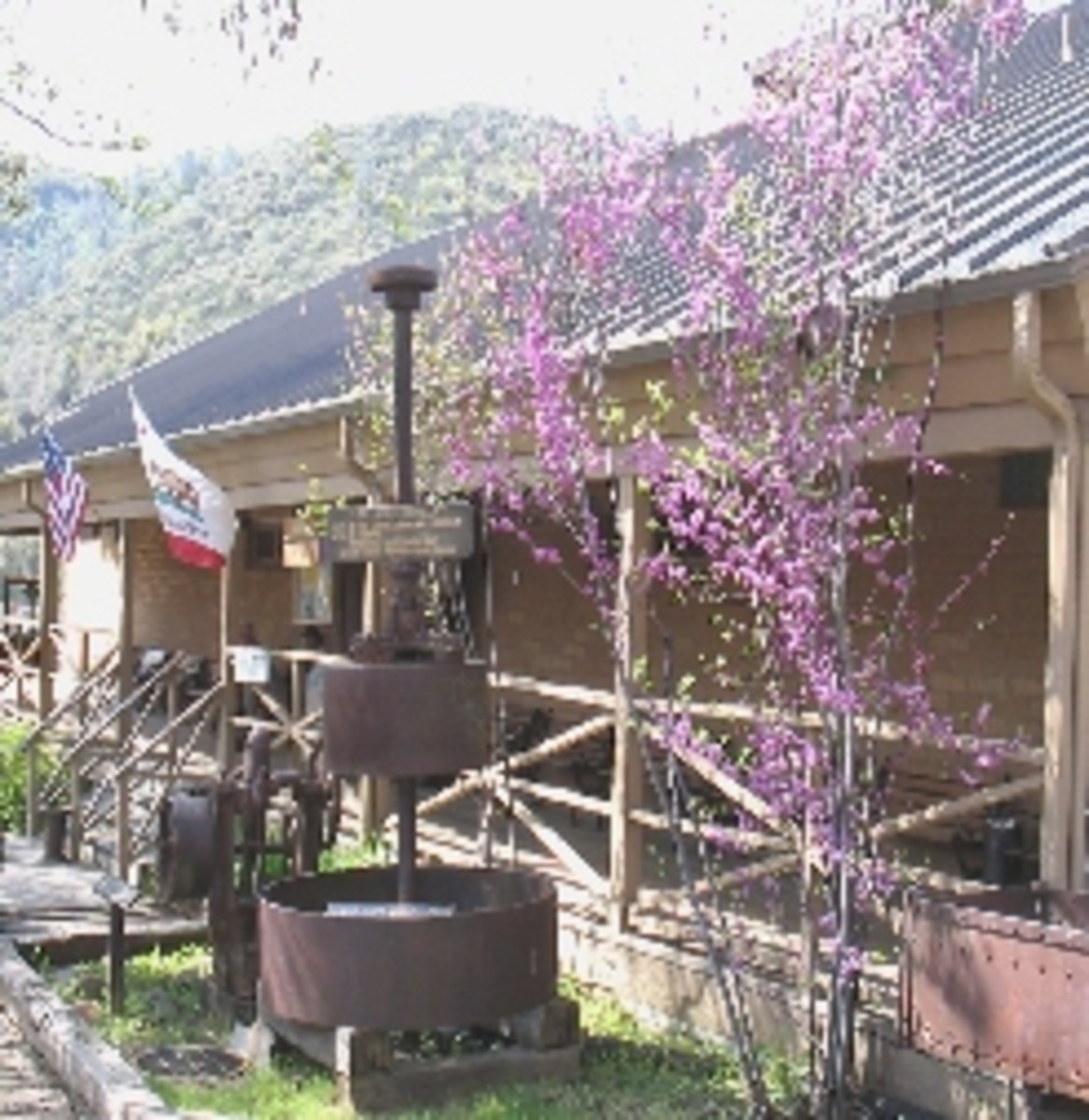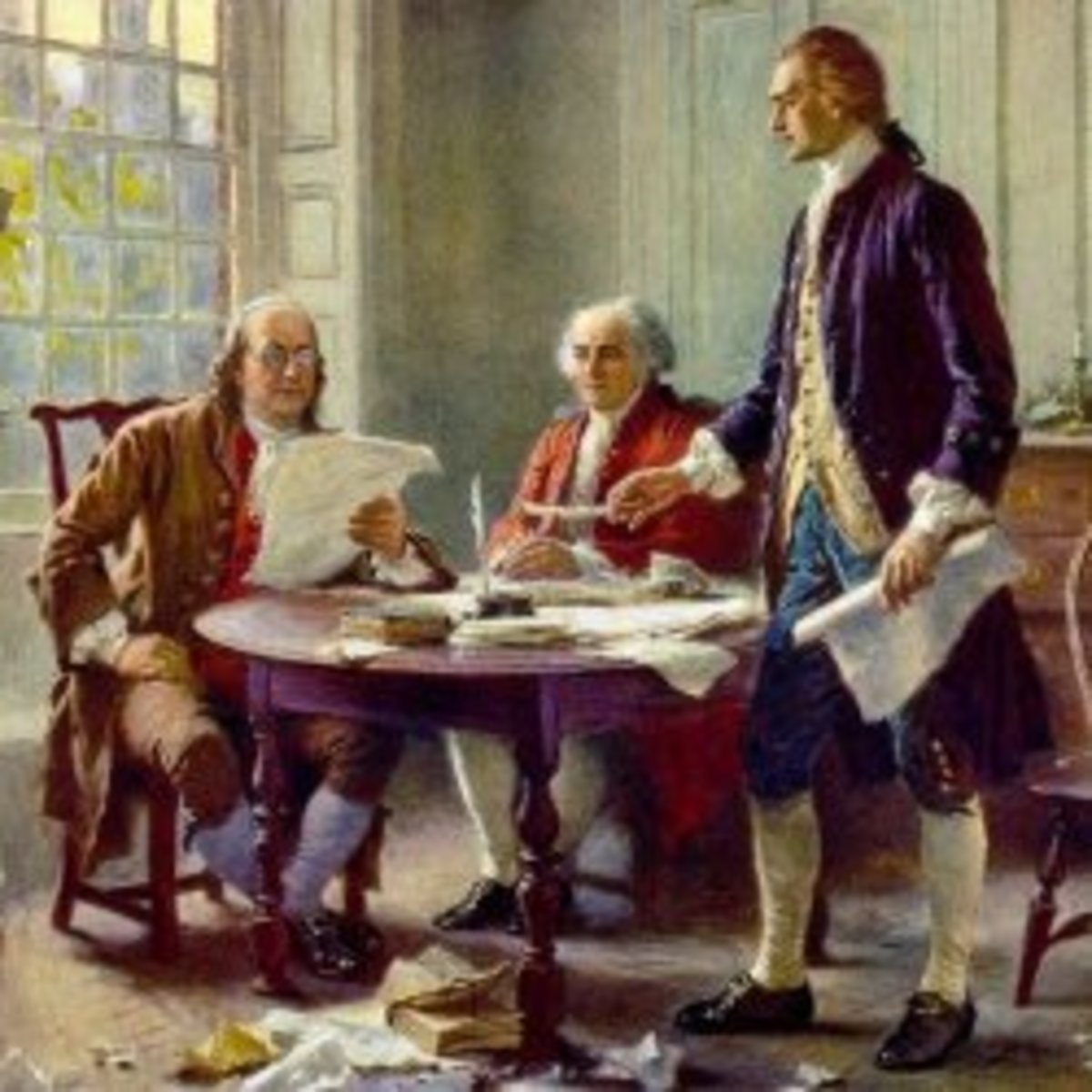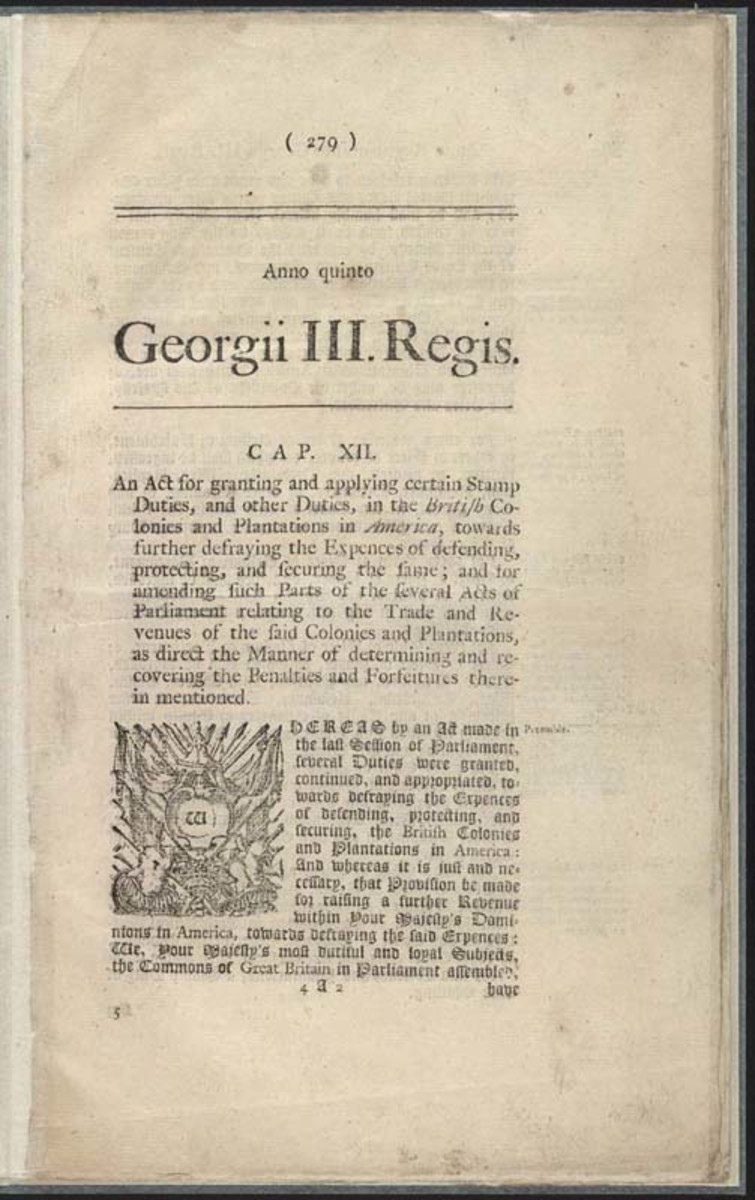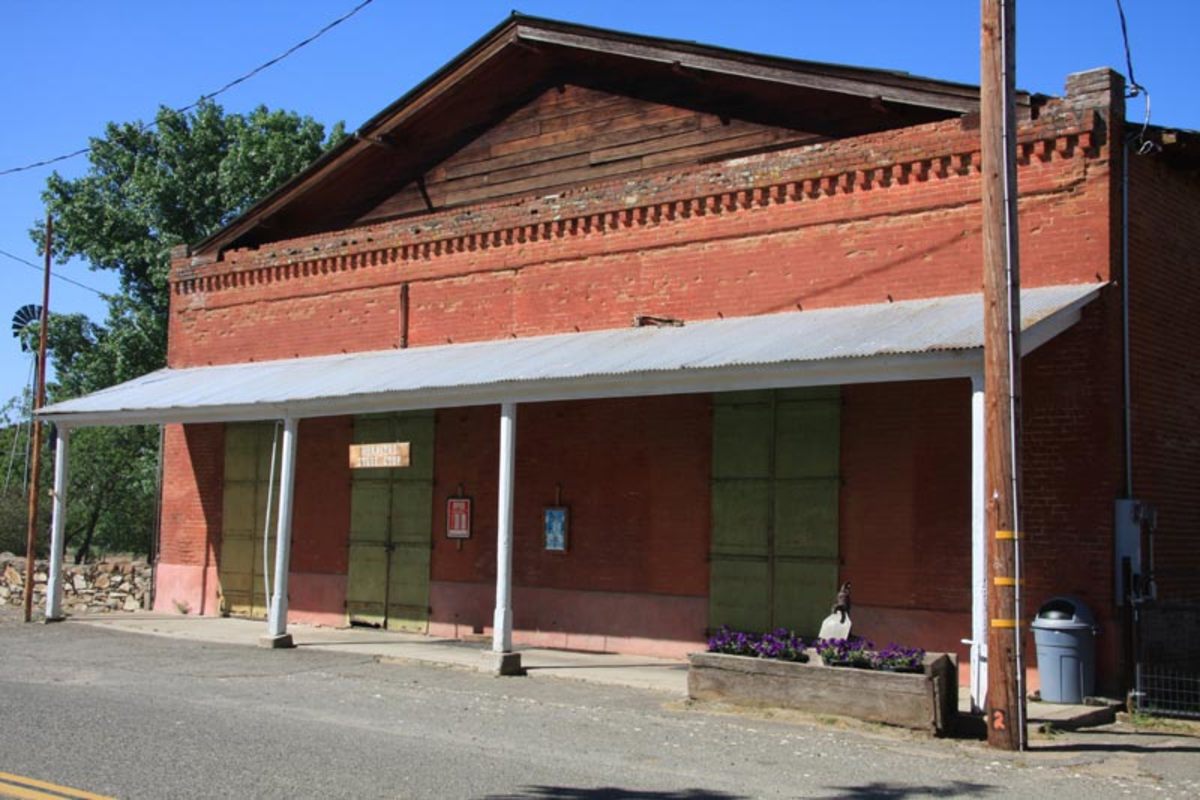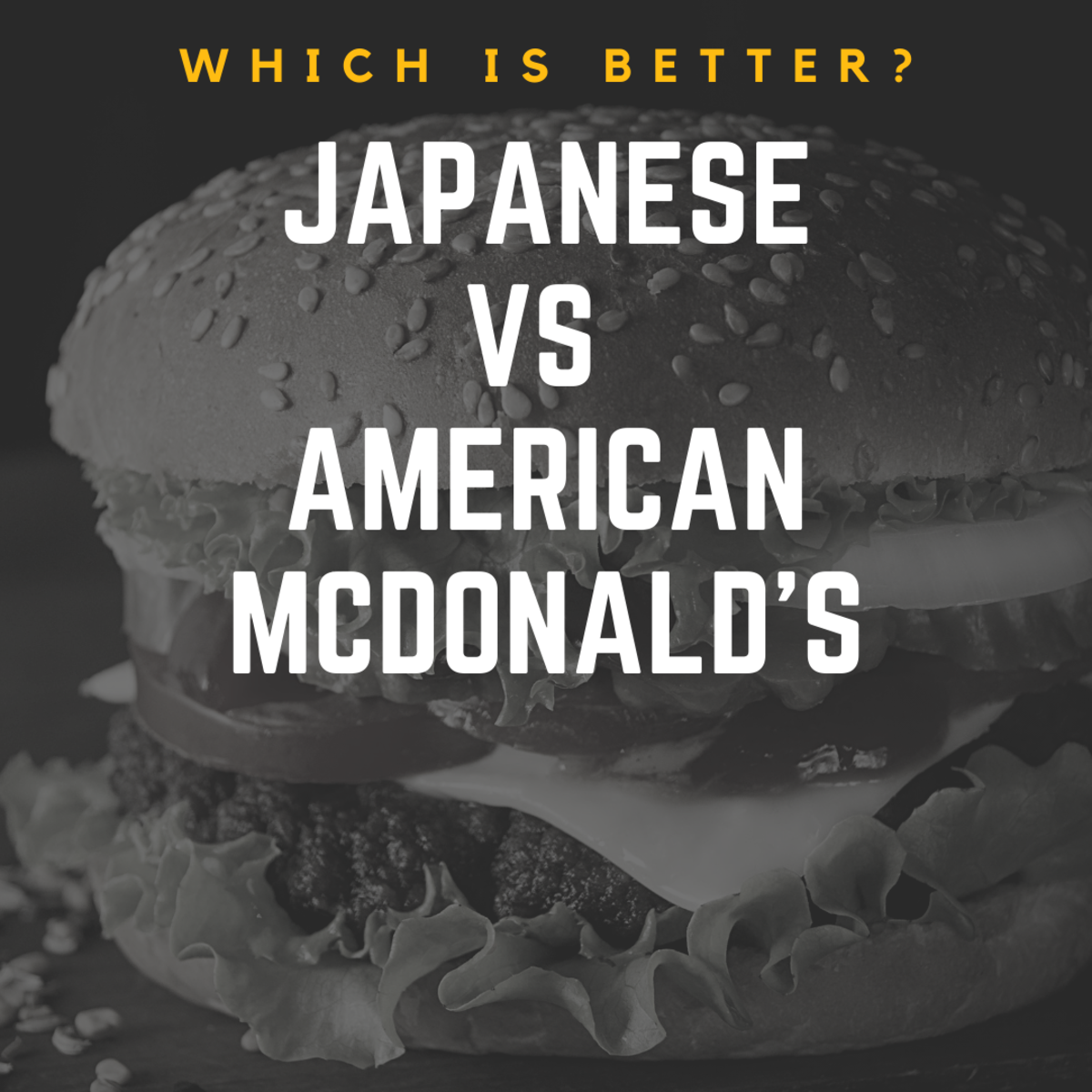U.S Revolution to California Gold
Image
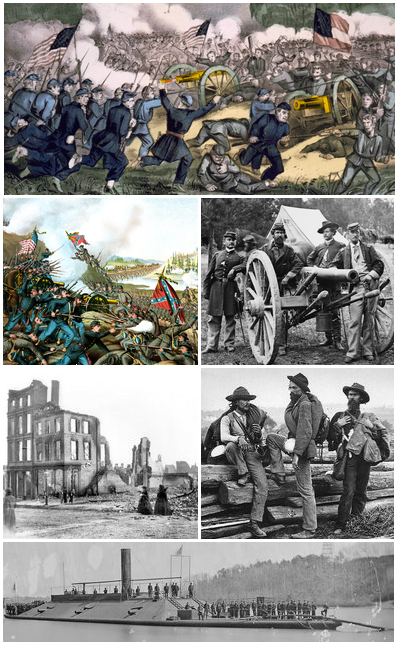
U.S Revolution
In 1733, Great Britain had 13 colonies in North America. A colony is a land that a country controls from far away. At first, the colonists the people living in the colonies and Great Britain had a good relationship. Over time, however, this relationship changed. The colonists decided to fight for their independence. They did not want to be part of Great Britain anymore. They wanted to have their own country. This fight for independence is called the American Revolution. This is how the 13 British colonies became the United States of America.
The problem begins
Problems between the colonists and Great Britain began in 1763. In 1763, Great Britain made a new rule. This rule said that the colonists could not live on the land where Native Americans lived. The colonists did not like this new rule. They wanted to live on the Native Americans' land. The colonists were also angry about extra money, called taxes, that they had to pay to the British government. The colonists did not want to pay these taxes. They decided to protest. When people protest, they come together to speak against something they do not think is right. The colonists stopped buying things that were taxed by the British.
The Boston Tea party and the Intolerable Acts
In December 1773, some colonists found out that three British ships (big boats) filled with tea were coming to Boston, Massachusetts. To protest the tax on tea, the colonists climbed onto the boats and threw the tea into the water. This is called the Boston Tea Party. The British were very angry with the colonists for protesting. They made even more laws to make the colonists' lives more difficult. The colonists called these new laws the Intolerable Acts. An intolerable act is a rule that is not fair, or not right.
The Fighting Begins
On April 19, 1775, American colonists and British soldiers met on a field in Lexington, Massachusetts. They began to fight each other. This was the beginning of the American Revolution.
The Colonists Write to the British King
After the fighting in Lexington and a nearby town called Concord, the colonists wrote a letter to the king, or leader, of Great Britain. They asked him to give the colonies their rights, or freedom. While the colonists waited to hear from the king, the colonists got ready for more fighting. The colonists started an army, or group of people whose job it is to fight. They chose a man named George Washington to be the leader of the army. In 1775, the colonists and the British fought at a place called Bunker Hill, in Massachusetts. About 400 colonists and 1,000 British soldiers were killed or hurt in this fight. The colonists lost this battle (one fight in a war), but they learned that they knew how to fight.
The Declaration of Independence and the Articles of Confederation
The war was very difficult for the colonists. But the colonists really wanted their freedom. So a group of men wrote an important paper called the Declaration of Independence. This paper explained why the colonists wanted to be free from Great Britain. On July 4, 1776, many colonial leaders signed the Declaration of Independence. The leaders then wrote their own rules for their new country, called the Articles of Confederation. The Fighting continues. The American Revolution was not an easy fight for the colonists. Their army was not as big as the British army. The colonists did not have a lot of practice fighting, either. However, they really wanted their independence. The fighting continued for several years, and each side won some battles. In October 1781, the British army was in Yorktown, in Virginia. The colonists' army and their friends from Europe went to Virginia to fight. Ships from France stopped the British from escaping or getting help. The British surrendered to the colonial army, or gave up fighting.
The Battle of Yorktown was the end to the war
In September 1783, American and British leaders signed a paper called the Treaty of Paris. A treaty is a written promise. The Treaty of Paris gave the 13 American colonies their independence. The colonies were now the United States of America.
U.S California Gold Rush
Gold is an important kind of metal. People around the world use gold as a kind of money. Gold is very valuable, or worth a lot of money. In 1848, people found gold in California. Many people moved to the West to look for gold. This was called the California Gold Rush. A gold rush is when people rush, or hurry, to a place where gold is found. These people hope to become rich.
Gold is found
In 1847, a man named John Sutter paid a man named James Marshall to build a sawmill near Coloma, California. A sawmill is a place where people cut trees into boards of wood. Sawmills are built next to rivers. The river near the sawmill Marshall was building was called the American River. In January 1848, Marshall found a piece of gold in the American River. By December 1848, many people in the United States knew about the discovery of gold in California. The Rush for Gold: In the beginning of 1849, people from around the world left their homes and their jobs to go mine, or dig, for gold in the American River. These people werecalled 49ers, because they went to California in the year 1849. The trip to California was long and difficult for many prospectors. A prospector is someone who looks for gold, or something else that is worth a lot of money. By 1850, the gold mining area was full of people. Some people found gold, but many did not. Some prospectors stayed in California but worked at in other jobs instead of mining. For example, they opened stores or farmed. Some people made more money selling tools, food, and other things to other miners than they made by mining gold. Mining for Gold: At first, big pieces of gold were easy to find. People picked the pieces of gold out of the rocks. People also panned for gold in rivers. To pan for gold, the prospectors put dirt from the river in a pan. Then they washed the dirt away with water. If there was gold, the gold would stay in the pan. Soon, people began to use machines to find the gold in rivers.
The Life of a Gold Miner
Miners could make from ten dollars to two thousand dollars each day. However, most prospectors did not make much money. They had to spend their money to buy food and supplies. Shop owners often sold food and supplies at high prices, because they knew miners had few choices. Many miners lived in camps. In the camps, people slept in tents. Living in a tent was difficult during the winter. Other miners lived in mining towns with wooden buildings. After the Gold Rush. By the mid-1850s, gold was difficult to find in California. By 1853, 250,000 prospectors had traveled to California hoping to find gold. Many of these people stayed in California after the gold rush. Some towns near gold mining areas kept growing. They had other businesses besides gold. Other towns became ghost towns. A ghost town is a town where no one lives anymore. In the 1840s, many people believed the United States should expand, or grow, into the West. Many people thought the country should end at the Pacific Ocean. This idea to expand the United States was called Manifest Destiny. Manifest Destiny was an idea that United States leaders used to explain, or tell, why the country needed to grow bigger. When someone thinks something is their destiny, they believe that it must happen.

